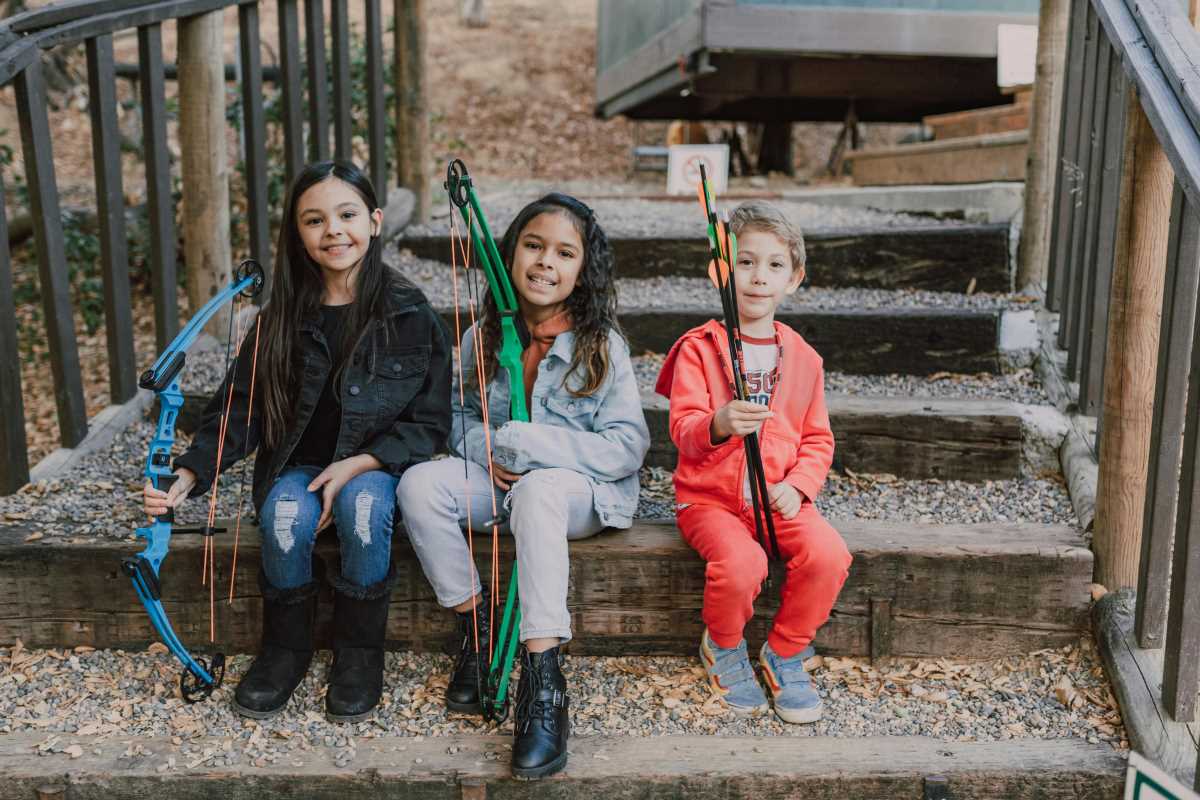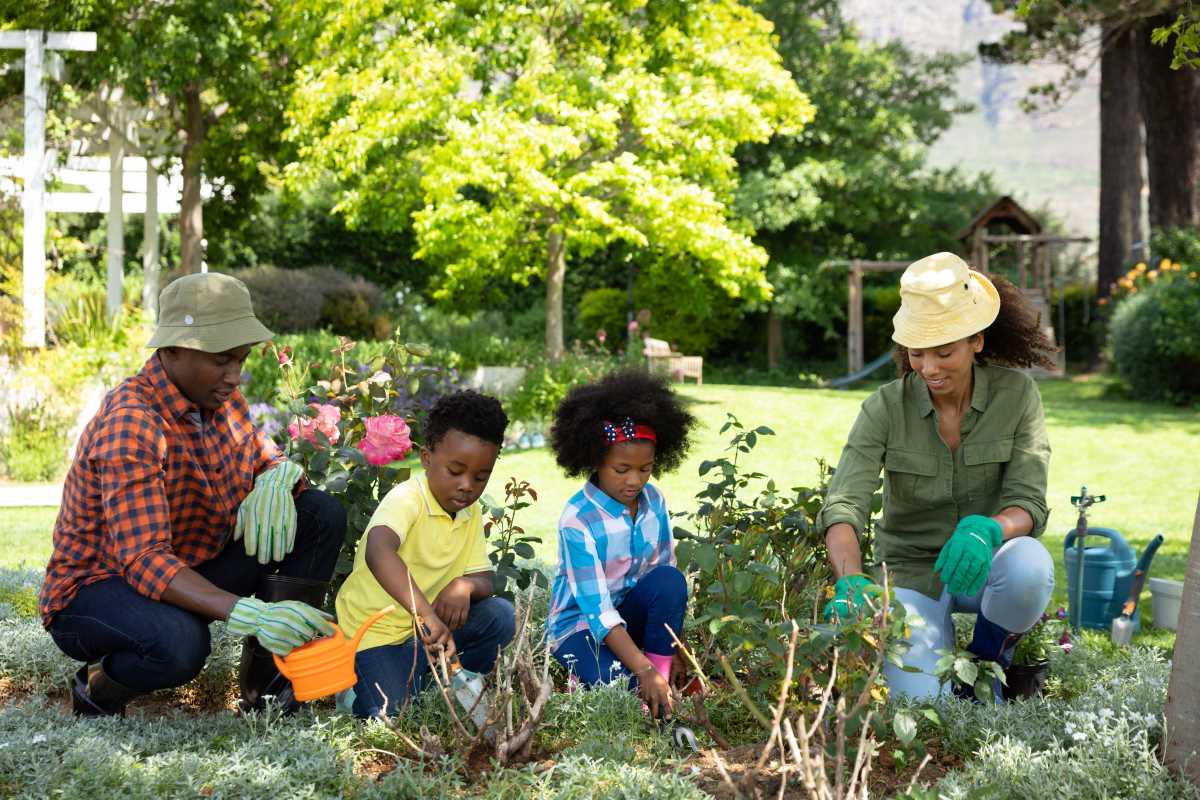Blended families, a combination of two separate family units coming together, can be both rewarding and challenging as individuals navigate new relationships among step-parents, step-siblings, and extended family members. Building strong relationships in blended families requires patience, understanding, and open communication.
Navigating Boundaries: Establishing clear boundaries is essential in blended families. Maintaining respectful boundaries between step-parents and step-children can help create a sense of security and respect within the family unit, fostering healthier relationships over time. For example, setting boundaries around personal space and individual belongings can help minimize conflicts and promote mutual respect.
Communication is Key: Open and honest communication is crucial in strengthening relationships within blended families. Encouraging all family members to express their thoughts, feelings, and concerns can help foster trust and understanding. By creating a safe space for open dialogue, family members can address any issues that arise and work towards finding solutions together.
Quality Time Together: Spending quality time together as a blended family can help build connections and create lasting memories. Engaging in activities that everyone enjoys, such as family game nights, movie nights, or outdoor adventures, can strengthen bonds and create a sense of unity. By carving out dedicated time for family bonding, individuals can develop deeper relationships with their step-family members.
Respect Individual Differences: Recognizing and respecting the individual differences within a blended family is essential for fostering positive relationships. Each family member brings their own unique background, experiences, and perspectives to the family dynamic. Embracing these differences and celebrating the diverse qualities of each family member can promote acceptance and harmony within the blended family unit.
Seeking Support: Building strong relationships in blended families can be challenging, and it's essential to seek support when needed. Whether through family therapy, individual counseling, or support groups for blended families, reaching out for help can aid in navigating conflicts and strengthening familial bonds. Seeking guidance from professionals or other families in similar situations can provide valuable insights and strategies for building healthy relationships.
In conclusion, building strong relationships in blended families requires time, effort, and a commitment to fostering understanding and respect among all family members. By establishing clear boundaries, prioritizing open communication, spending quality time together, respecting individual differences, and seeking support when needed, blended families can cultivate strong, lasting relationships that withstand the challenges of merging two families into one cohesive unit.
 (Image via
(Image via





